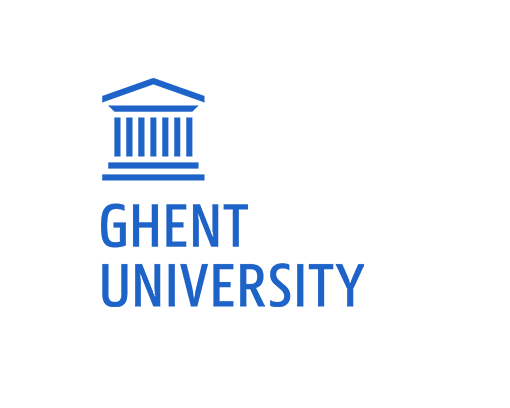Fertilizer supply chain in Ethiopia: structure, performance and policy analysis
- Johanes U.I. Agbahey
- Harald Grethe
- Workneh Negatu
Abstract
In Ethiopia, less than 40% of farmers use fertilizer and those who do, apply rates signi cantly be- low those recommended. This low fertilizer use is primarily due to prices being two to three times higher than prices on the world markets. Reducing the price of fertilizer requires a sound un- derstanding of the product ́s supply chain. This study investigates whether fertilizer is delivered to farmers in an ef cient way and at the lowest possible costs using an institutional economics framework. It was conducted in the Arsi zone and relied on secondary data as well as primary data collected through interviews. The ndings point out the presence of several formal and informal institutions regulating the market. A market monopoly at each stage of the supply chain and a striking correspondence between the central organization of the chain and the rise in left-over stocks were observed. This pinpoints the imperfect structure of the chain and a misallocation of resources locked up in fertilizer stockholding. In order to improve the demand estimation pro- cedure, this study suggests that incentives should be instituted to enhance the reliability of the information transferred along the process. Additionally, expert knowledge used in the process should be well documented, stock inventories should not be limited to central warehouses and stockholding needs to be reduced.
How to Cite:
Agbahey, J. & Grethe, H. & Negatu, W., (2015) “Fertilizer supply chain in Ethiopia: structure, performance and policy analysis”, Afrika Focus 28(1). doi: https://doi.org/10.21825/af.v28i1.4740
Downloads:
Download PDF
View
PDF
